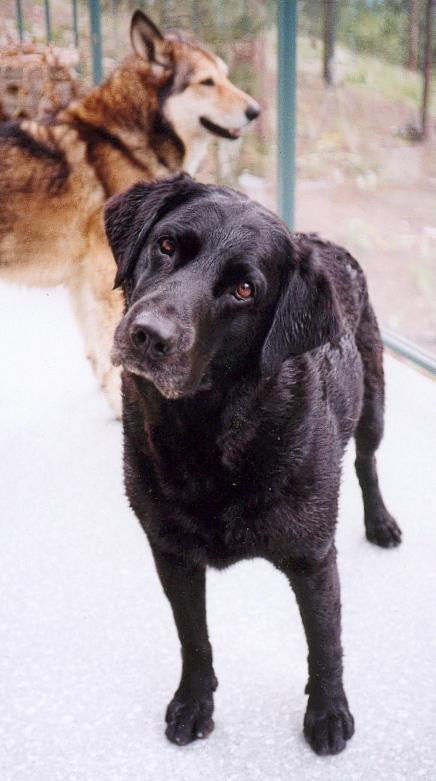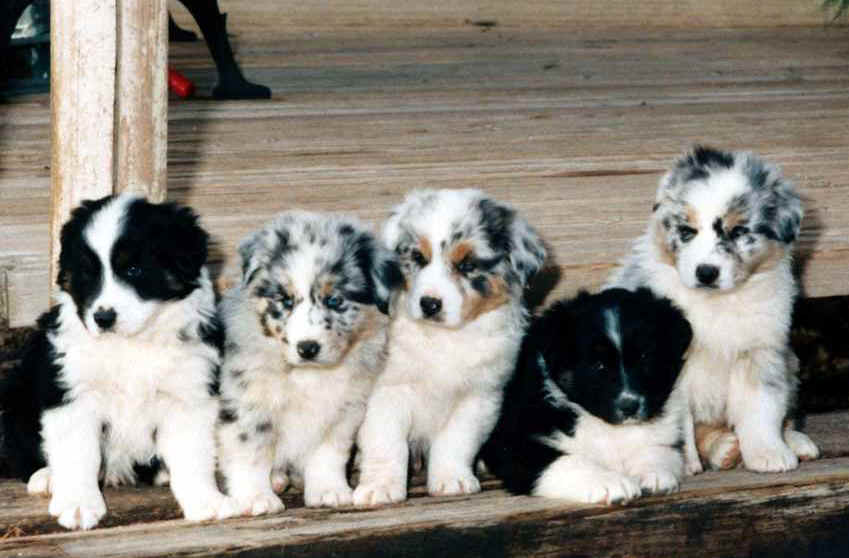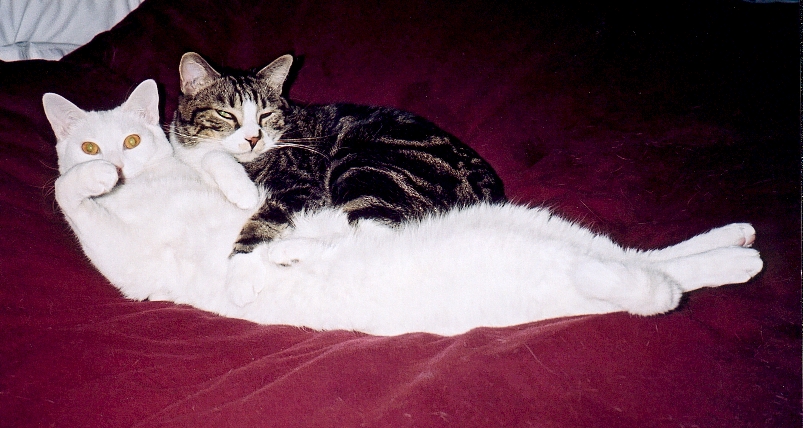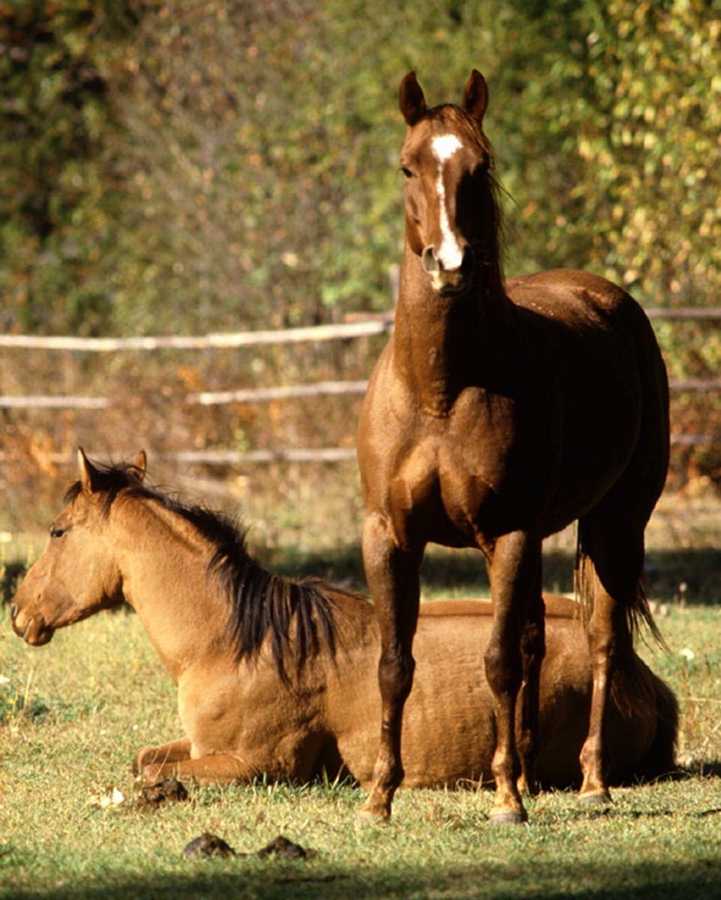|
||||||||
|
When a portion of the spine is out of alignment this is called a subluxation. A subluxation causes decreased movement in the joints of the spine which can create a reaction in surrounding tissues (ligaments, muscles, and nerves) resulting in pain, dysfunction, and muscular spasm. A subluxation is treated by manipulating or adjusting the spine; thus putting it back into alignment...back in balance.
If you believe your animal may benefit from the services of an animal chiropractor, you should choose one based on credentials. The AVCA was established specifically to certify chiropractors and veterinarians in animal chiropractic. By choosing an AVCA Certified chiropractor, you are also choosing a properly trained and dedicated professional, who will work with you to provide the best of care for your animal.
How Are Subluxations Corrected? A proper examination and evaluation by a trained Veterinary Chiropractor is necessary to determine if a subluxation exists. If a subluxation does exist, the Chiropractor will correct the misaligned or "stuck" vertebra by performing what is called an adjustment. An adjustment is a short, rapid thrust onto a vertebra in a very specific direction that will restore movement into the fixated joint. Chiropractic is very specific, and adjustments are made on each vertebra directly. Jerking on legs or tails, is NOT an adjustment. While delivering an adjustment the chiropractor uses a controlled force. Large dogs donít necessarily need more force than very small ones. Each joint of the spine is moveable, and if the correct angle is used, the adjustment is relatively easy, using very little force.
How Many Adjustments are Needed to Correct the Subluxations? This is the most difficult question to answer and most commonly misunderstood aspect of chiropractic care. The purpose of a chiropractic adjustment is to restore function to a joint in the spinal column and to realign or reposition the spine. The dogís muscles and ligaments of the spinal column must be able to maintain the correct alignment once the chiropractor has restored it. The condition of those supporting structures is what determines how many times and how often the dog needs to be treated. Thus, long standing, or chronic conditions tend to take more time and treatment, while minor injuries, corrected immediately, respond most rapidly. Several adjustments, over two to four weeks, are generally needed for the body to accept and maintain the new corrections. Most dogs show significant improvement in one to four treatments. After that, age, and conditioning, are the major factors that affect whether or not the subluxations may reappear.
Does my dog or cat need a chiropractor? Dogs who are in pain will often refuse to perform certain tasks, compensate in gait, or become irritable. The following is a list of symptoms that may indicate pain from subluxation:
Subluxations can also affect flexibility and or muscle coordination. The following is a list of conditions that may indicate a lack of flexibility and or muscle coordination:
Does
my horse need a chiropractor?
Subluxations can also affect flexibility and or muscle coordination. The following is a list of conditions that may indicate a lack in flexibility and or muscle coordination:
|
||||||||
|
home | animal chiropractic | fees | testimonials | contact | sign my guestbook copyright 2004 Back in Balance animalchiropractor@telus.net
|










